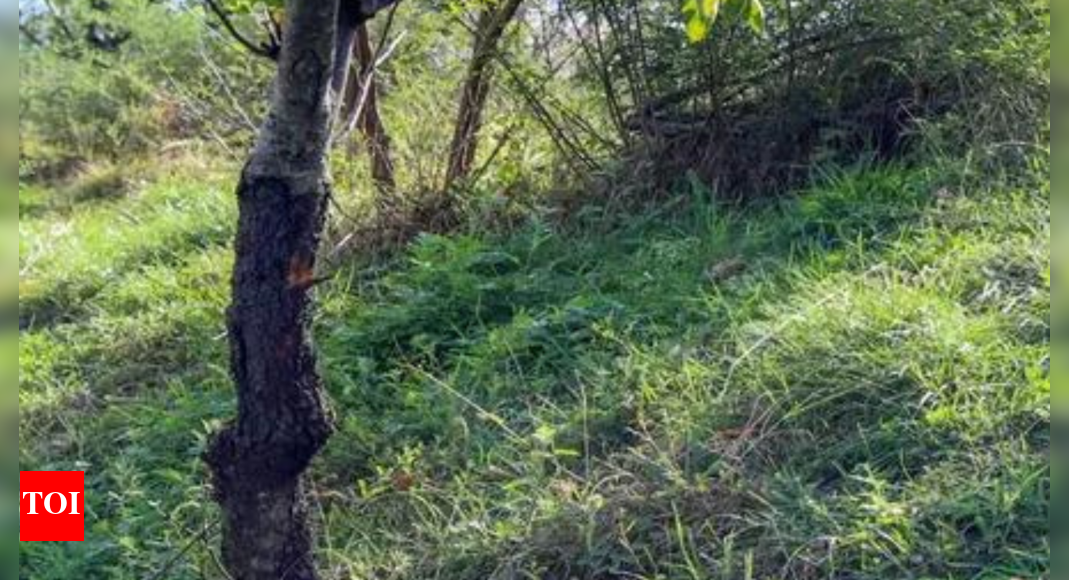In a step to promote agroforestry and streamline tree felling norms on agricultural lands, the Centre has notified a new set of model rules aimed at easing procedural hurdles for farmers, increasing tree cover outside forests, and supporting India’s climate goals under the Paris Agreement.In a letter dated June 19 to all state governments, the environment ministry said the ‘Model Rules for Felling of Trees in Agricultural Lands’ are designed to simplify tree-felling permissions, improve traceability, and enable farmers to integrate trees into farming systems without complex red tape, PTI reported.The initiative, the ministry said, supports India’s broader efforts to double farmer incomes, reduce timber imports, and build sustainable land-use models. A key challenge so far has been the absence of harmonised rules across states—creating bottlenecks in tree cultivation and marketing of agroforestry products.Under the new framework, the State Level Committee (SLC)—earlier constituted under the Wood-Based Industries (Establishment and Regulation) Guidelines, 2016—will also oversee the agroforestry framework. The committee will now include officials from revenue and agriculture departments, and will empanel agencies for on-ground verification of plantations and timber transit.Farmers will be required to register their land on the National Timber Management System (NTMS) portal, entering details such as land ownership, plantation data (species, sapling count, planting date), and tree height.For plots with over 10 trees, applicants must file online with detailed tree information. Verifying agencies will inspect the land, submit a report, and based on the data, a felling permit will be generated. In cases involving 10 or fewer trees, uploading photographs of the trees and later the stumps will suffice, with the system estimating yield and species using AI tools. Officers may verify these as needed, but no objection certificates (NOCs) will be auto-generated via NTMS, according to PTI.Divisional forest officers will monitor verifying agencies and submit quarterly reports on their performance to the SLC.Currently, states follow their own regulations regarding tree felling on farmland. Some exempt specific species from permissions, while others require felling clearance even on private land depending on the location and tree type.The NTMS system aims to solve a core issue for farmers—lack of recognised proof that the timber is legally harvested. This often results in lower prices and barriers to market access, especially from wood-based industries and exporters wary of sourcing from unverified supply chains.By offering a digital trail of compliance, the NTMS is expected to unlock better prices for farmers, especially in the context of the EU Deforestation Regulation, which mandates that timber imports into the EU must not be linked to deforestation after 2020.The ministry said the new framework will make agroforestry more structured, transparent, and remunerative, helping build a legal and export-ready ecosystem for Indian timber.

